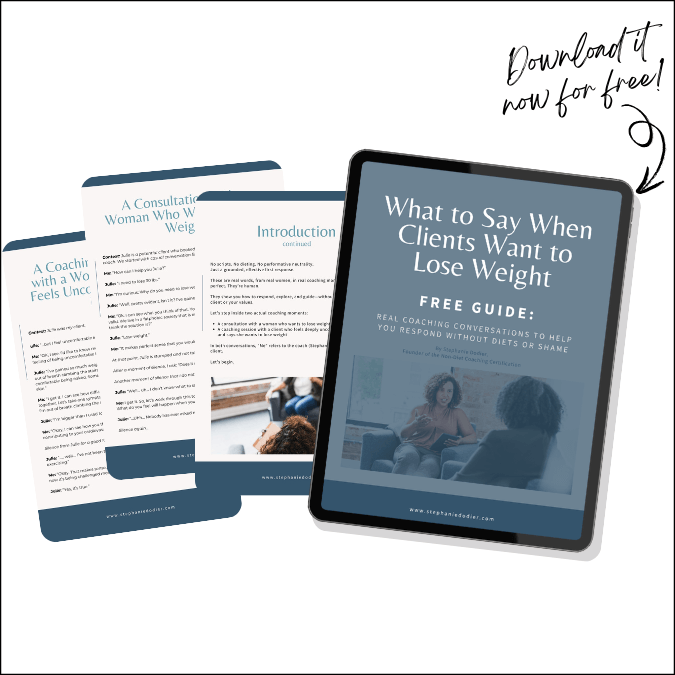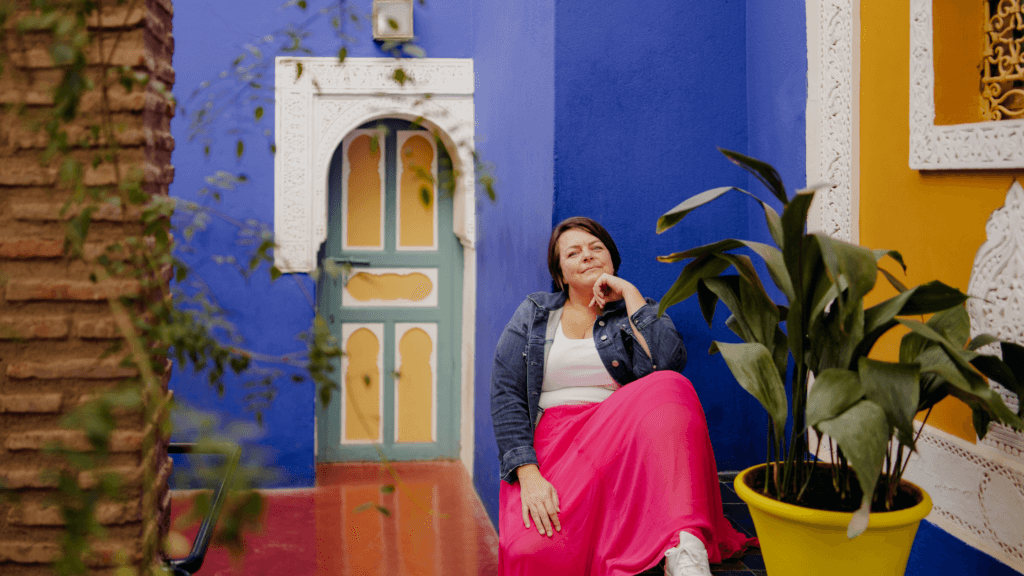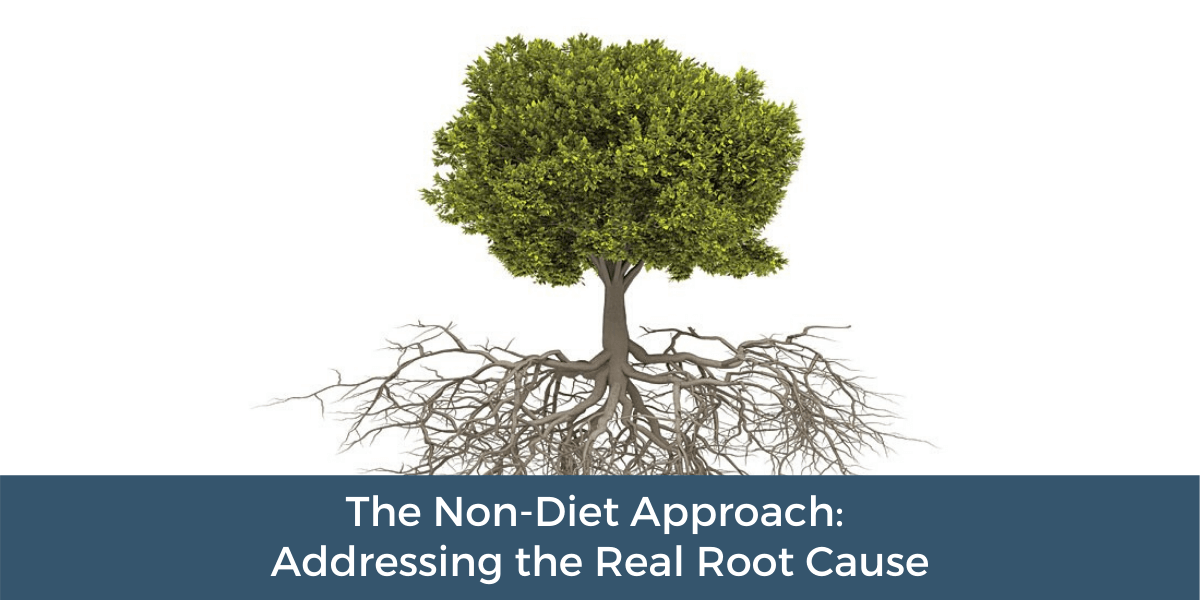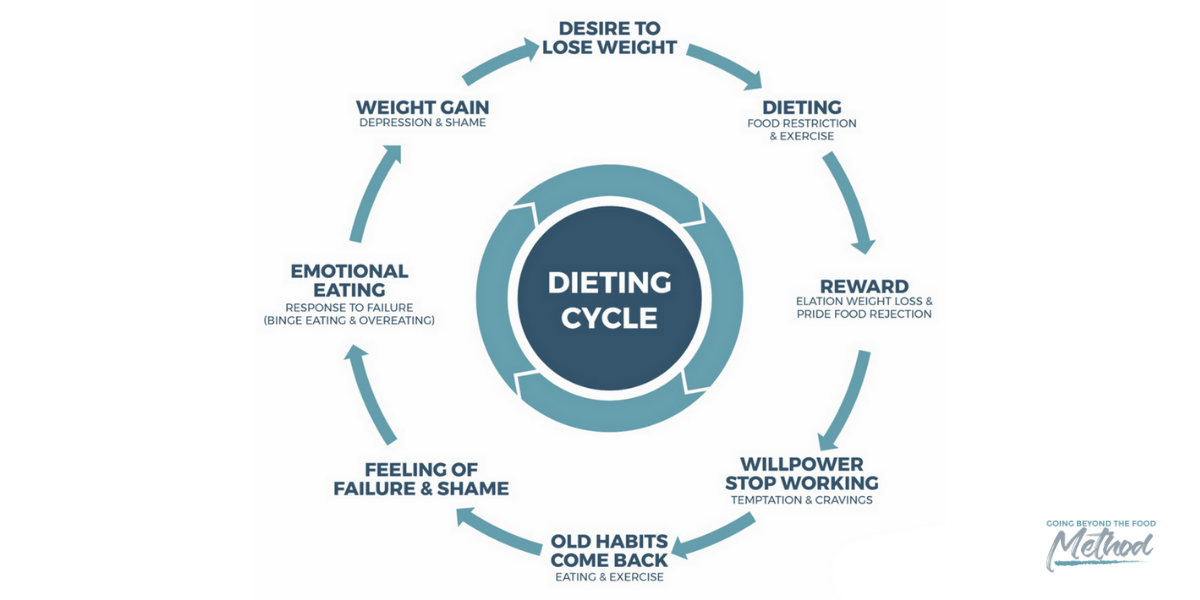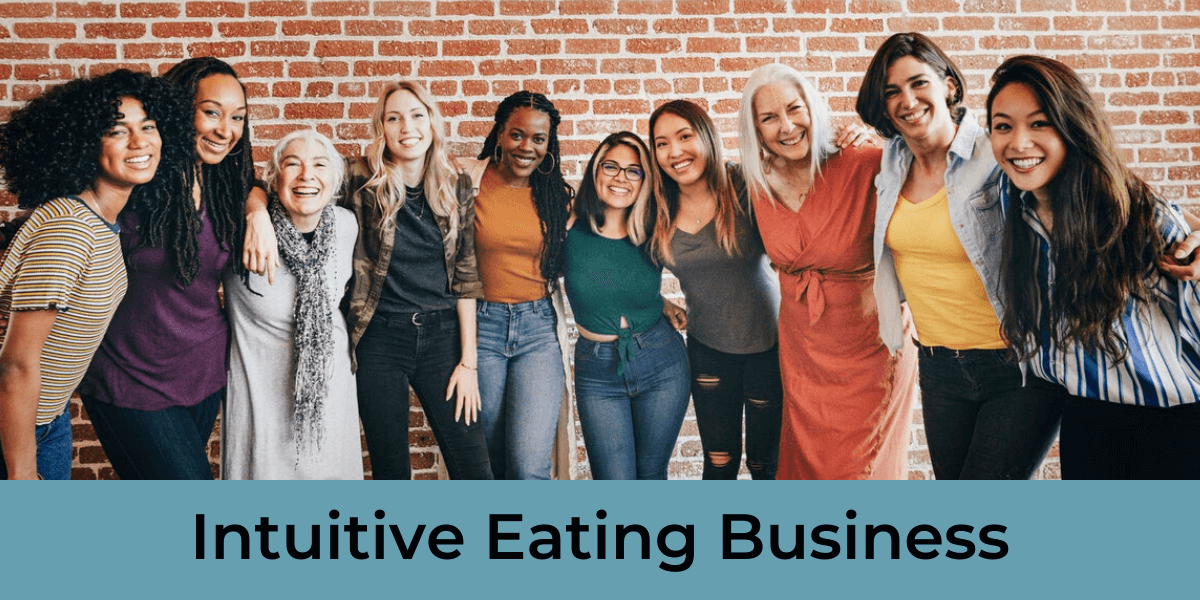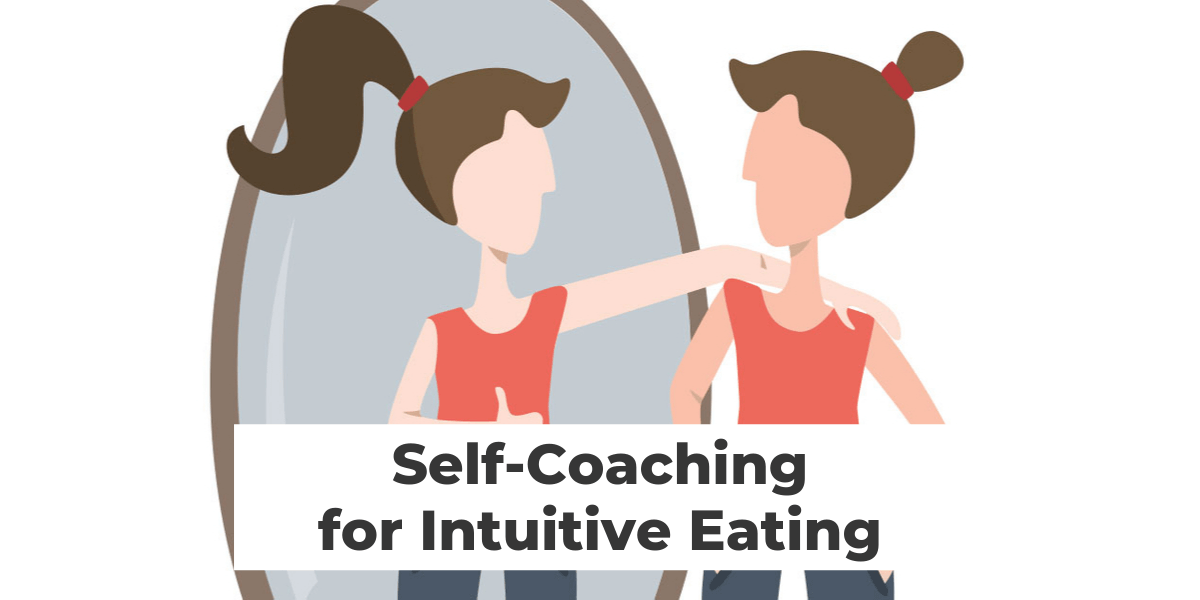

Have you ever wondered about self-coaching for intuitive eating and asked, “Can I be successful with intuitive eating on my own?”
After all, intuitive eating is meant to empower you to be the expert of your own body and make you the boss of YOU.
However, just as there are diet coaches, there are also intuitive eating coaches. But do you need them? And what’s self-coaching anyway? If you are your own coach, does that mean you don’t need a coach at all?
These are the questions that I aim to answer in this article. I also hope to help you understand what coaching is, especially in relation to self-coaching. Last but not least, I want to show you what the self-coaching model looks like and how it can help you change your thoughts and your behavior.
But first, let me discuss what intuitive eating is, just to make sure you understand the concept before we move on to self-coaching.
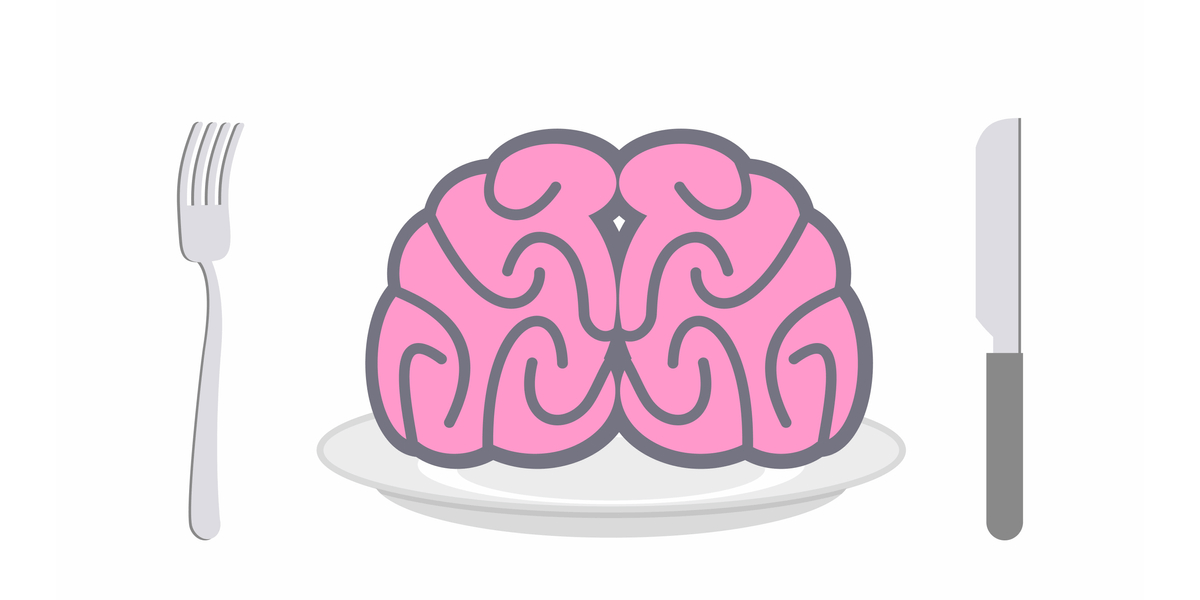

What is Intuitive Eating?
This is the intuitive eating definition I usually give whenever I’m asked about the concept: “A self-care framework that uses your body’s internal cues of hunger, fullness, and satisfaction to guide your eating behavior.”
Eating intuitively teaches you to trust your own ability to meet your own needs. It’s an empowering alternative to dieting. It requires you to be attuned to your body’s cues.
You can learn more about eating intuitively by listening to my intuitive eating podcast episodes.
Now, let’s explore self-coaching.
What is Self-Coaching?
Coaching is identified as the process of supporting a person towards a goal. It’s a form of development that leads people from where they are to where they want to be.
Typically, in a coaching relationship, there’s a coach, who does the coaching, and a coachee, who is the learner or the client.
Self-coaching is when you become your own coach. You are both the coach and the coachee. The idea may sound a little strange to you, but yes, you can coach yourself. You have an innate wisdom that knows what’s best for you and enables you to become the expert of your own life.
Coaching Versus Training: What’s the Difference?
Some people use the terms “coaching” and “training” interchangeably, but actually, they’re two different things. Training is focused on learning and acquiring knowledge. It’s usually formal.
On the other hand, coaching is focused on developing the skill set to apply the knowledge learned. It’s often informal, discussion-based, and experiential.


The History of Self-Coaching
The first use of the term “coach” in connection with an instructor or trainer was in the 1830’s at the Oxford University. The term is slang for a tutor who “carried” a student through an exam. In the 1860’s, the term was used in sports to refer to an athletic trainer or instructor.
With the advent of the human potential movement in the 1960’s, the term came to refer to mentors, especially in executive development in the corporate world. Today, there are coaches in different areas of life–life coach, coach for binge eating, fertility coach, etc.
Self-coaching came to the world’s awareness about 20 years ago. Dr. Joseph Luciani is the leader in the field of self-coaching. He wrote four books on the subject, including The Power of Self-Coaching. This book is a must-read for those who want to understand the science behind coaching and self-coaching.
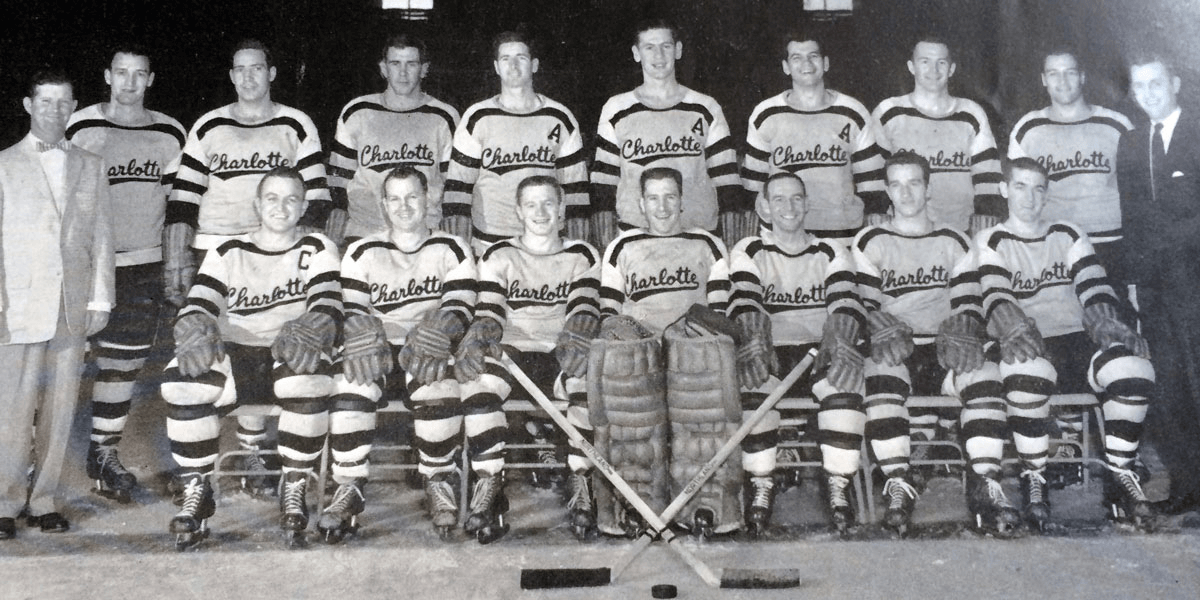

Coaching Versus Self-Coaching
In a coaching relationship, both the coach and the coachee establish goals centered around what the coachee wants to achieve. The coachee commits to taking action towards improvement. On the other hand, the coach brings guidance, support, tools, resources, framework, and a step-by-step action plan to help the coachee achieve the goals they set together.
On the other hand, self-coaching is tapping into your innate wisdom to make the best decisions certain areas of your life. It’s the same inner wisdom that guides you when you practice intuitive eating.
Intuitive eating is the process of learning to self-coach yourself around food.
So which one is better for you—coaching or self-coaching?


Having a coach is always better. A coach helps you build confidence and maintain momentum. You’ll know where to focus and you’ll never feel lost and overwhelmed because there’s someone guiding you.
Most importantly, a coach will help you see your blind spots, the patterns you aren’t aware of yet, so you’ll know why things haven’t worked out in your own.
But what do scientific researchers say about self-coaching?
Research on Self-Coaching
If you’re torn between self-coaching and coaching, you may want to know what scientific researchers say about the different types of coaching.
Researchers from different universities in Austria and Italy conducted a study on individual, group, and self-coaching. They found individual coaching to be the most effective type of coaching.
On the other hand, research on self-coaching reveals that it is not as effective as the other two types of coaching.
However, this doesn’t mean that self-coaching is useless or that it doesn’t work.
The best thing you can do is start with a coach who will guide your first steps towards your goal and teach you to be independent. A good coach will equip you with everything you need to learn so you can later transition to self-coaching.
How to Do Self-Coaching for Intuitive Eating
As I just said earlier, you can either hire a coach or you can do self-coaching. If you choose to strike out on your own with intuitive eating, here are the steps you need to follow. This is self-coaching 101 for intuitive eating. Follow these and you’ll get a good head start:
Step 1: Find out whether intuitive eating is right for you.
Step 2: Determine whether self-coaching works for you.
Step 3: Understand how your brain functions.
Step 4: Be aware of your thoughts.
Step 5: Pick one thought and investigate it.
Step 6: Replace the thought that is not serving you with an empowering one.
Step 7: Coach yourself by reinforcing the new thought.
These steps are discussed in greater detail in the following paragraphs. If you want to focus on a particular step, you can simply click the corresponding link above.
Step 1: Find out whether intuitive eating is right for you.
To help you with that, I have created a starter kit of self-assessment for eating, body image and mindset. Download the free non-diet assessment kit and complete the eating assessment. These are actually the same assessment I use with my private clients!
So go ahead and take the test.
Step 2: Determine whether self-coaching works for you.
In the free starter kit of Non-Diet Assessments there is a second evaluation for your mindset. Take it to determine your current mindset state and if self-coaching can be of support to you.
Step 3: Understand how your brain functions.
The self-coaching model is based on the CBT framework. CBT (cognitive behavioral therapy) is a type of psychotherapy that aims to change negative patterns of thinking and behavior. This framework gives us a window into how the brain works.
Here’s a graphic that shows the self-coaching model:


At the very top, you’ll see circumstance. This is an event that acts as a trigger, something that happens in your life that causes you to have thoughts and emotions that influence your behavior.
The image that you see goes through your brain and into a filter called perspective. Your perspective towards body image is shaped by your beliefs, assumptions, and past experiences.
After your brain goes through this filter, it creates a thought. Then, these thoughts create emotions. Your emotions influence your actions. Finally, your actions create a result.
When you understand how the brain works, you can use this to your advantage and influence the whole process to get the results you want. This is why understanding how your brain works is crucial in self-coaching.
Step 4: Be aware of your thoughts.
Kara Loewentheil, my mentor and the author of Unfuck Your Brain, once said, “Awareness precedes change.” So if you want to change your thoughts, you must first be aware of them.
Here’s an exercise that will help you become aware of the thoughts that influence your actions:
Grab a pen and a piece of paper. Write down your thoughts that you’re currently having around eating and/or body image.
Now, this is important: Write these thoughts down without judging them. Be in the “observer mode.” Just dump these thoughts onto a piece of paper as they come.
Step 5: Pick one thought and investigate it.
After writing down your thoughts, look for the one that comes up frequently (perhaps a recurring theme) or the one that’s most painful.
Take that thought and put it through the self-coaching model. What were the circumstances that trigger this thought? What emotions come up when this thought enters your mind? How does this thought influence your actions? What results do these actions create?
Investigating your thoughts will help you fully see the impact of your thoughts in your life. Some people skip this part, which is why they fail at self-coaching. They jump from being aware of a negative thought to changing the thought outright.
This step is essential. DO NOT skip it.


Step 6: Replace the thought that is not serving you with an empowering one.
Now that you’ve investigated the thought that has been responsible for the results that you don’t want, it’s time to replace that thought with one that empowers you.
In the previous step, you saw how your old thought led you to the results that you didn’t like by putting it through the self-coaching model. This time, you will create a new, empowering thought by applying the same model you used to investigate the old thought.
In a nutshell, this is how you do it: Create an empowering thought that generates the emotion that drives the actions needed to produce the results you want.
Step 7: Coach yourself by reinforcing the new thought.
You now know how you need to think and what you want to think. It’s your job to go and repeat that thought many times every single day. You can get creative by making a poster that reminds you of that new thought. Or you can scribble the thought on a Post-It and stick it where you’re likely to see it often.
Now, reinforcing a new thought in order to change results isn’t as easy as it sounds. It will require patience and practice. You also need to keep the motivation and momentum going, especially when you must take action. Setbacks will be inevitable, but look at them as learning opportunities rather than failures.
In the end, the benefits you reap will be well worth your patience and effort. So, keep at it!
Need support to learn self-coaching?
If you’re looking for an program to help you learn self-coaching we offer two different option: Beyond Mindset is short term program specifically focussed on teaching self-coaching.
Undiet Your Life Program is our signature intuitive eating coaching program that teaches you self-coaching techniques, along with intuitive eating and body neutrality. It also aims to equip you for self-coaching for your entire life.


